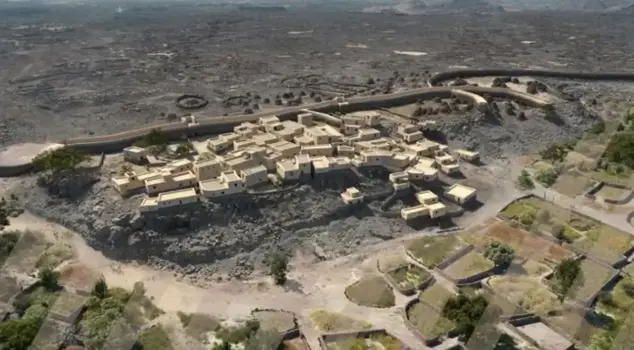
01.11.2024 15:40
A 4,000-year-old city from the Bronze Age has been discovered in the Haybar Valley of Saudi Arabia. The team led by French archaeologist Guillaume Charloux determined that this city was established in the 2400s BC and was home to approximately 500 people. The city features a central administration area, planned streets, gardens, and a burial site. Valuable artifacts and pottery fragments were found during the excavations. The reason for the city's abandonment in the 1300s BC is still unknown.
Archaeological excavations in the Hayber Valley of Saudi Arabia have uncovered a 4,000-year-old city from the Bronze Age. The ancient city, believed to have been home to approximately 500 people, showcases the transition of nomadic communities to settled life.
The team led by French archaeologist Guillaume Charloux determined that the city was established around 2400 BC. The city, surrounded by 14.5 kilometers of walls, features a central administration area, planned streets, gardens, and burial grounds.
Valuable artifacts such as daggers, axes, and rings made of agate were found during the excavations. Archaeologists also uncovered numerous pottery fragments.
Speaking to AFP, Charloux stated, "Our findings indicate that the people of al-Natah experienced a unique urbanization process specific to the region." The fertile oasis in the middle of the desert is thought to have been an important agricultural and trade center.
The reason for the city's abandonment around 1300 BC is still unknown. Excavation work in the area is ongoing.
A similar settlement was also discovered in the nearby Tayma Valley in January. These discoveries provide significant insights into life on the Arabian Peninsula during ancient times.